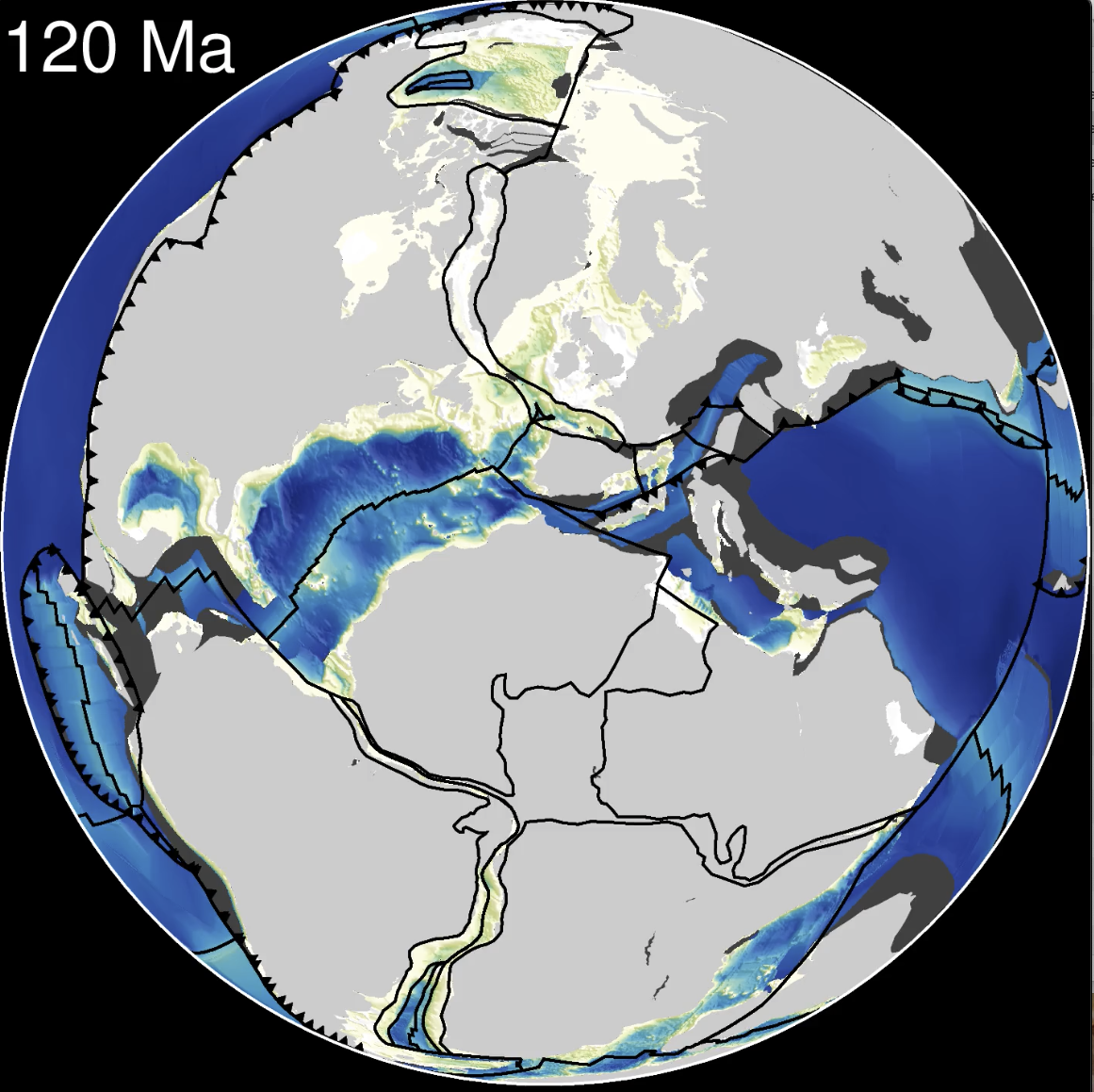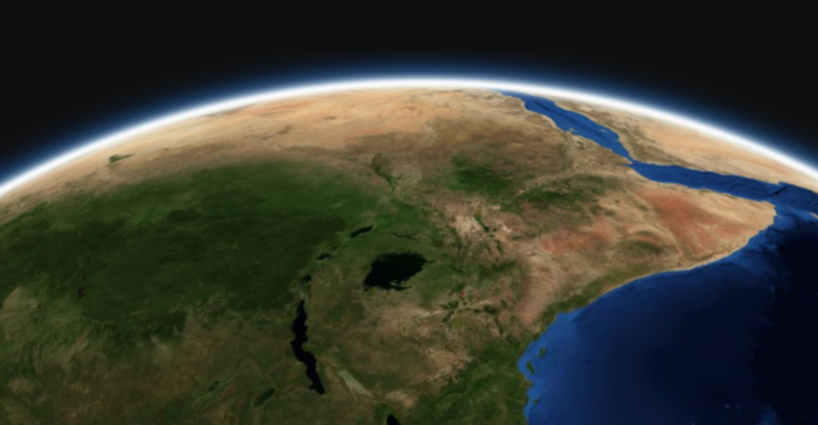PyBacktrack 1.4 released
PyBacktrack 1.4 is now available, and adds support for generating paleobathymetry grids from submerged present-day crust. PyBacktrack is available as a Python package and a Docker image. Installation instructions can be found online in the pyBacktrack documentation. Changes since version 1.3: Can now generate paleobathymetry grids: Submerged oceanic and continental present-day crust is backtracked and … Read more…



